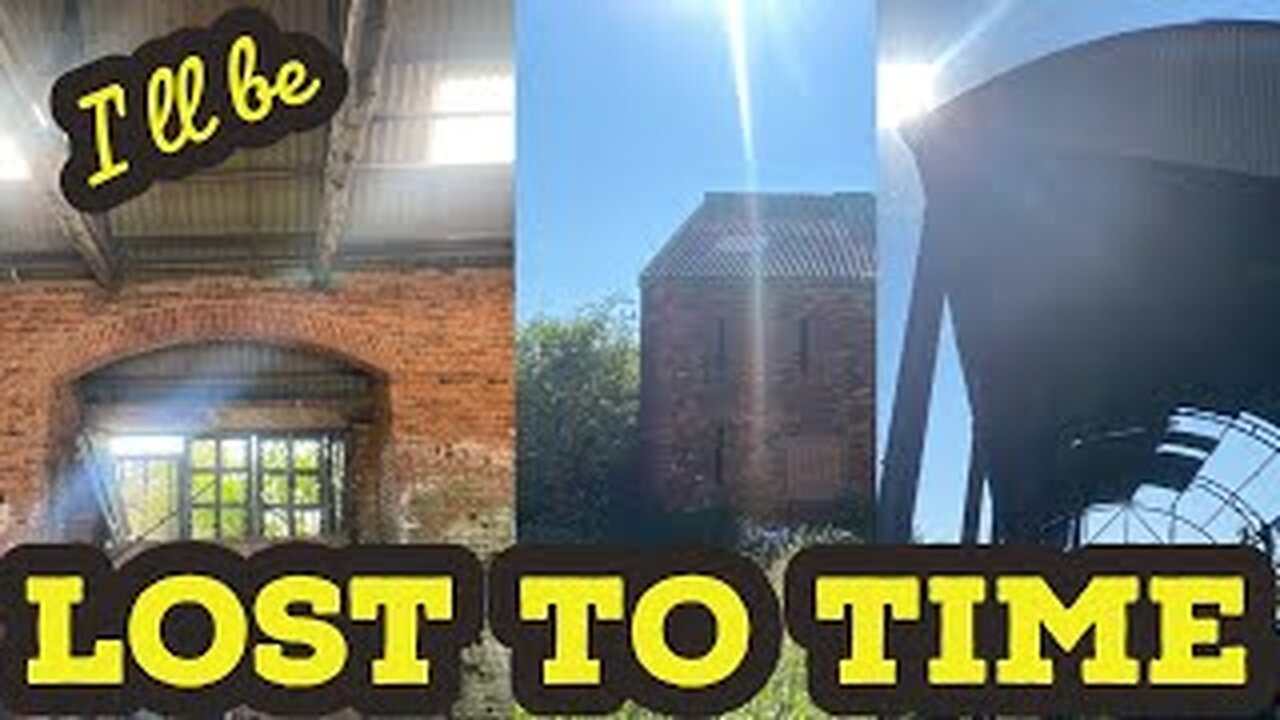Premium Only Content

Abandoned Lazencroft Farm, Manston Lane, Leeds,
Lazencroft Farm, Manston Lane, Leeds, Lazencroft Farmhouse
Listing Date: 5 August 1976
Grade: II
A Grade 2 listed building is defined as a UK building or structure that is "of special interest, warranting every effort to preserve it"
it is ranked as the most expensive property in LS15 8AD, with a valuation of £1,162,000.
Lazencroft. Modern farm. has Faint traces of earthworks in field SE of farm buildings which may represent remains of a documented medieval settlement.
the Name lazencroft possibly derived from Old Norse place name element leysingr (freedman) plus Old English place name element croft (small enclosure).
Like all significant landed holdings, The Gascoignes from their Parlington seat, had a collection of land and property which, served various purposes in the day to day running of the estate. The land was either put to agriculture or beneath the surface to coal mining. The properties owned by the family could be split into the following categories: family houses, agricultural farms, management houses, estate and mining workers houses.
Much of the land and property held by the Gascoigne family was sold in a series of sales during the twentieth century; the first in May 1911, second in June 1938 third in October 1964 and a final sale in December 1973. probably in an effort to reduce death duties
2008, the Leeds Archaeological Field Society (LAFS). had been digging in the area since 2005 because of proposals for the redevelopment of a large area of east Leeds. There were a lot of old farms in the area and the main intention of the society was to record the farm buildings before they disappeared. A number of farms had already been surveyed and then an excavation at Lazencroft Farmhouse, unearthed a Slipware Kiln. The earliest mass production of pottery in Leeds was in Hunslet in the 1770’s but the kiln at Lazencroft pre-dates this by about 30 years. The Farm building you see today dates from the 1800' around 1822 for the house
Slip consists of clay particles suspended in water. Its consistency will vary according to its use, ranging from thick cream to buttermilk. It can be used to bond pieces of clay together, to decorate and protect pottery or it can be poured into a mold and used to cast objects.
-
 LIVE
LIVE
Sarah Westall
1 hour agoTDS Worldwide, Trump Playing Economic Chicken, Global Power Shifts w/ Andy Schectman
271 watching -
 LIVE
LIVE
Solar Dolphin
1 hour agoDolphin Plays: Heroes Hour
35 watching -
 54:03
54:03
BonginoReport
4 hours agoGender Bender Tesla Terrorist RELEASED (Ep. 40) - Nightly Scroll with Hayley 05/02/2025
59.8K42 -
 1:17:17
1:17:17
Kim Iversen
4 hours agoChina BLAMES USA For Covid Leak | Are Ports Really EMPTY Since Trump's Tariffs?
60.4K90 -
 LIVE
LIVE
The White House
4 hours agoLo-Fi MAGA Video to Relax/Study To 🇺🇸
801 watching -
 DVR
DVR
2 MIKES LIVE
3 hours ago2 MIKES LIVE #212 Open Mike Friday!
9.36K3 -
 LIVE
LIVE
Mally_Mouse
3 hours agoLet's Play!!
107 watching -
 53:09
53:09
LFA TV
9 hours agoD.C. Is Addicted to Debt | TRUMPET DAILY 5.2.25 7PM
12.7K3 -
 1:23:06
1:23:06
vivafrei
5 hours agoAdam Kinzinger Says Quiet Part Out Loud! Mineral Deal with Ukraine? Cash for Racism & MORE!
71K73 -
 1:20:49
1:20:49
Roseanne Barr
6 hours ago $33.92 earnedOur Leader: Alex Jones | The Roseanne Barr Podcast #97
72.3K70